It was a rare day in March . . . with temperatures in the 60’s . . . and rarer still . . . for experiencing endangered right whales off the tip of Cape Cod . . . just out from Race Point Lighthouse. What a joy to see thirty or more whales feeding, frolicking and calling out so near to the shore. Considering that there are only about 470 right whales in the world, seeing this many was amazing! You can learn more about these magnificent creatures here.
How I would love to see the 70 ton bodies below these flukes. One dives next to another. Pure joy!
Right whales are equipped with fine filters of baleen that suspend from their upper jaw allowing them to skim the surface of phytoplankton.
Gannets seem to enjoy fishing alongside the right whales.
There was a stunning promenade all afternoon.
Could this be a calf with its mother? Callosities on the heads help identify different whales. Calving takes place further south in warmer waters from December to early March.
Myself, dear friend and others, along the shore, are not the only ones watching. I am not certain but the boat may belong to the Provincetown Center for Coastal Studies. I greatly appreciate their work.
Here they are getting a closer look. How exciting to be that close!
Even seals were whale watching!
Right whales are still killed but no longer by hunting. 1949 was the year that marked the end of hunting these endangered whales. I have read they were considered easy targets due to their surface feeding habits and thus called the ‘right’ whale for hunting. (It is not certain that this is how the name came about.) Each year some die from impacts with ships and from entanglement in fishing lines and nets.
Five of these gentle giants were killed in 2010. Many more are saved each year from entanglement.
There were many birds adding to the day’s drama too.
Cormorants
Cape Cod National Seashore is a national treasure and I am so thankful for those who had the vision to protect it. The diversity of wildlife on the spit of land and in the vast sky and water surrounding it is truly wondrous.
flowerhillfarm.blogspot.com
Carol Duke
Carol Duke is an artist and farmer who has worked with the land on a Western Massachusetts hillside for over thirty years. During this time her land has evolved into a diverse wildlife habitat. Carol features the flora and fauna that live and visit her farm on her blog http://flowerhillfarm.blogspot.com/ As vital wildlife habitats are destroyed daily, Carol hopes to inspire others to garden for wildlife, while becoming activists for wild places the world over. Her nature photography has appeared in magazines, books and newspapers.
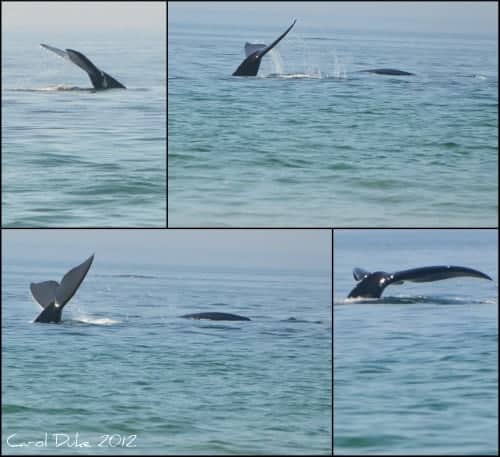

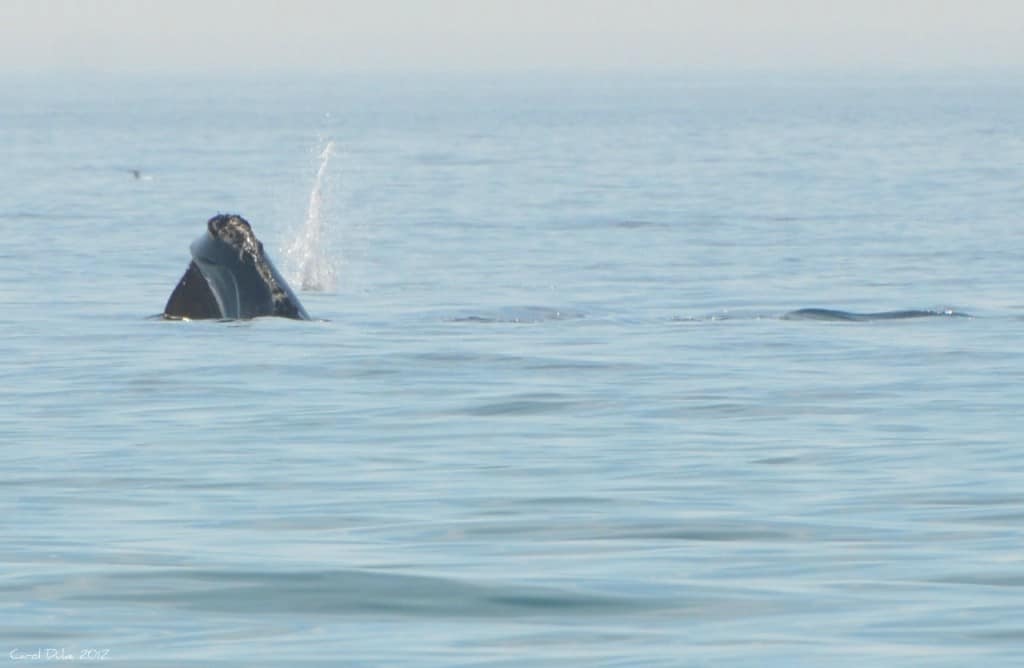

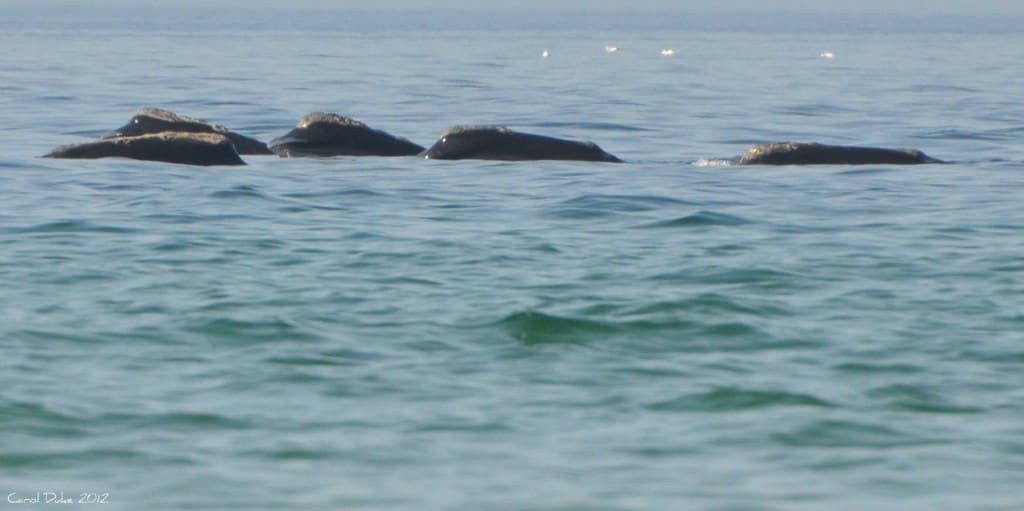
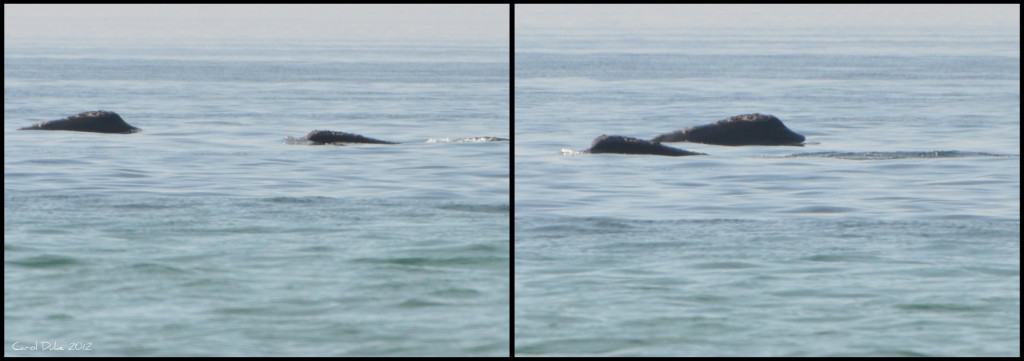

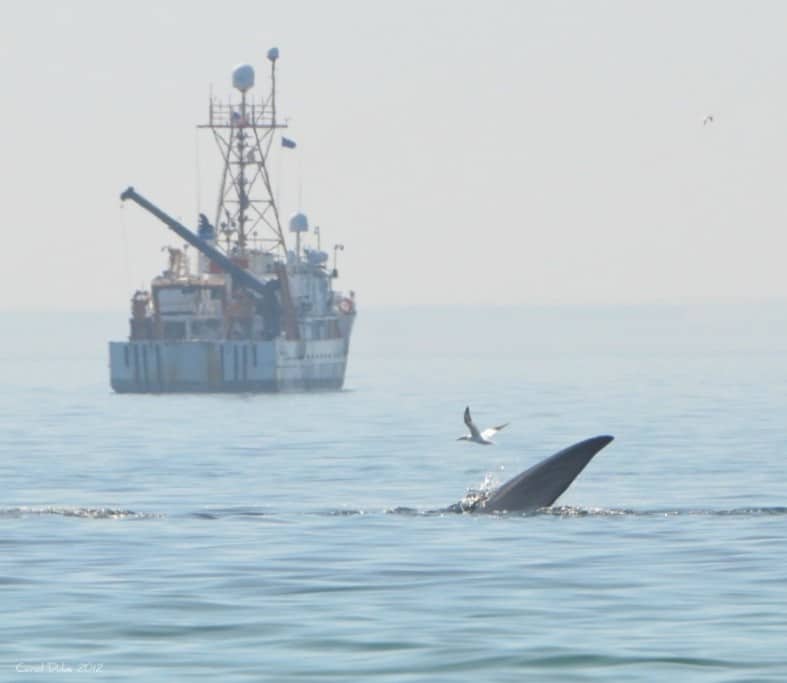
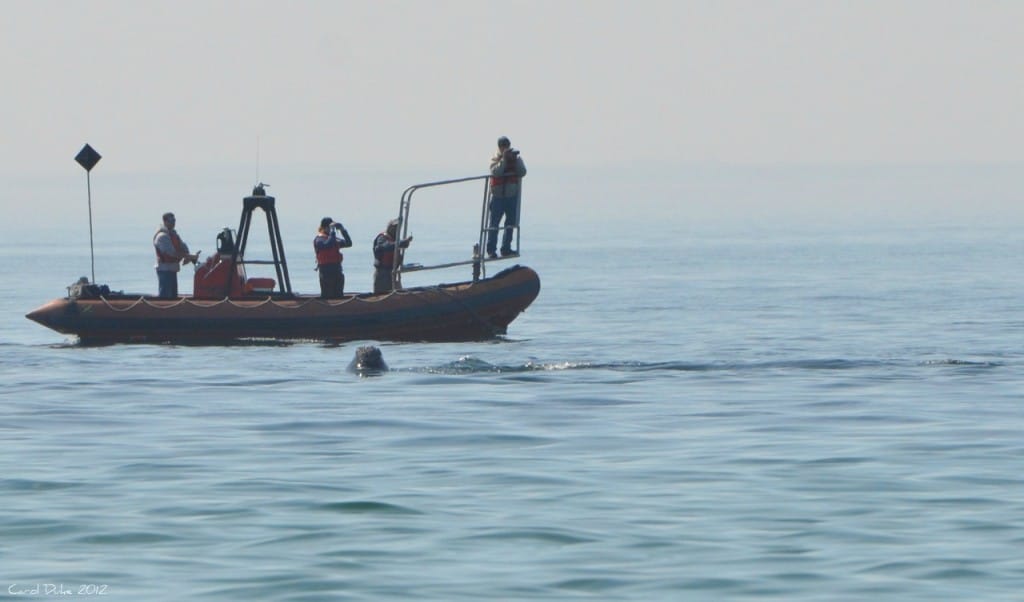
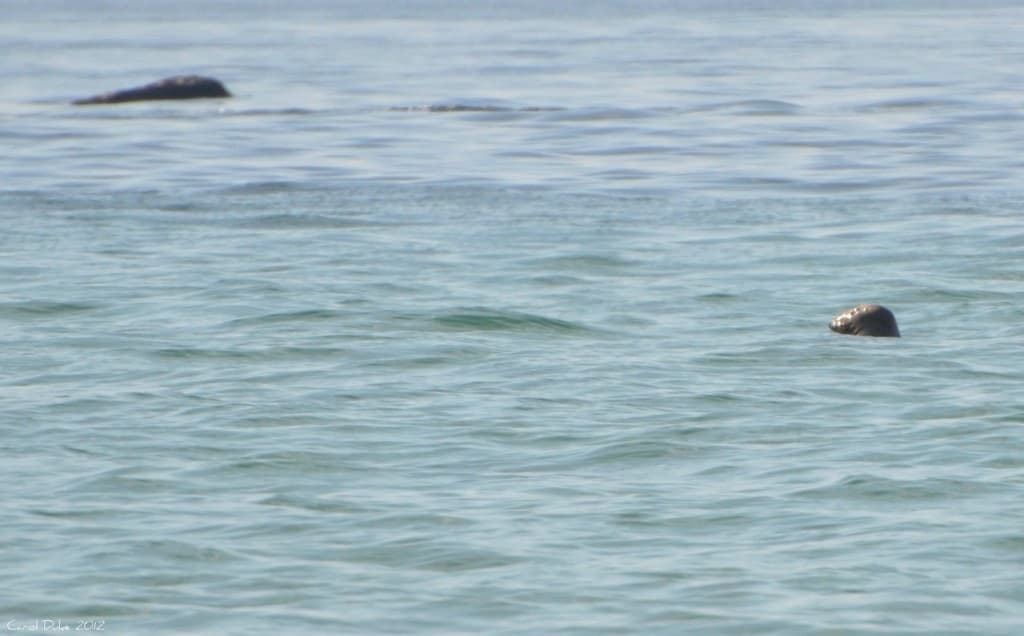

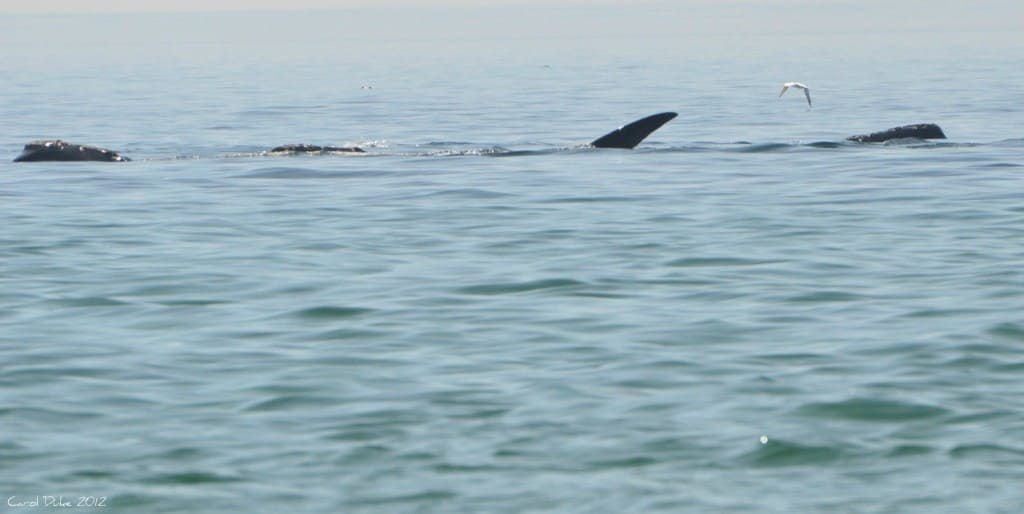
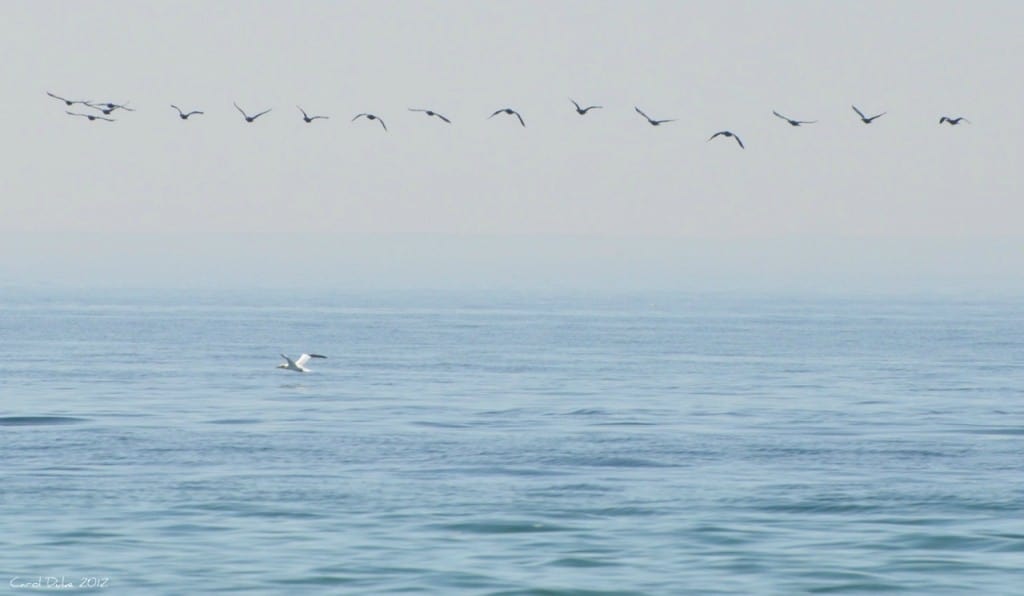
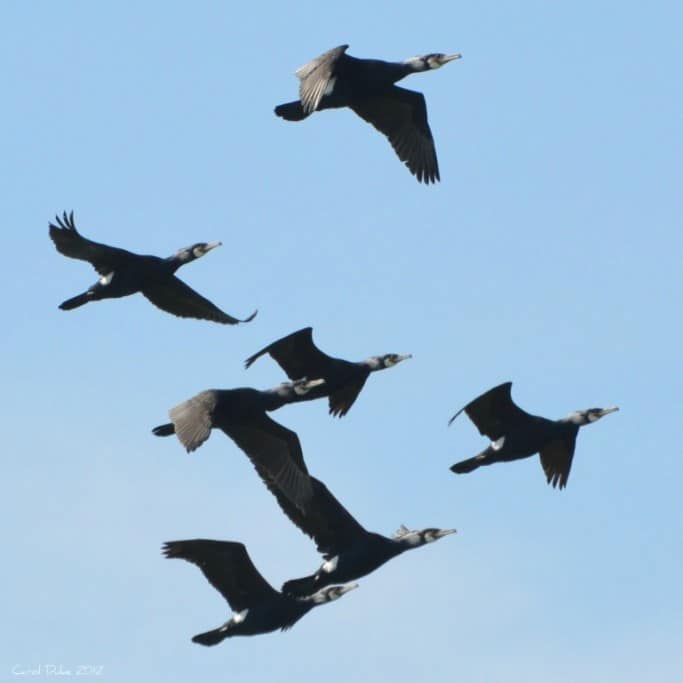
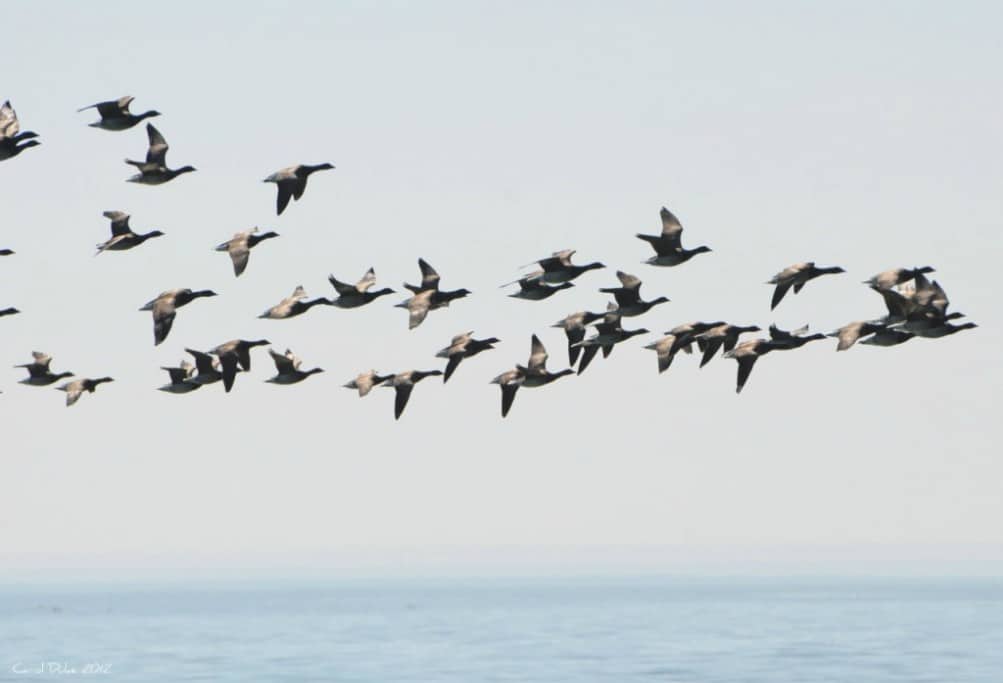

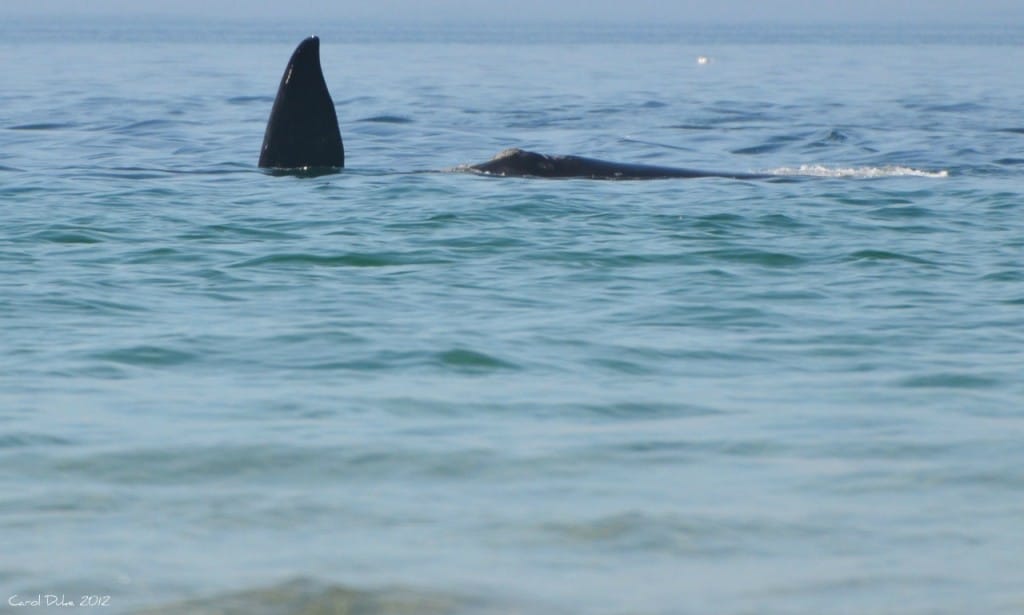

Leave a Reply